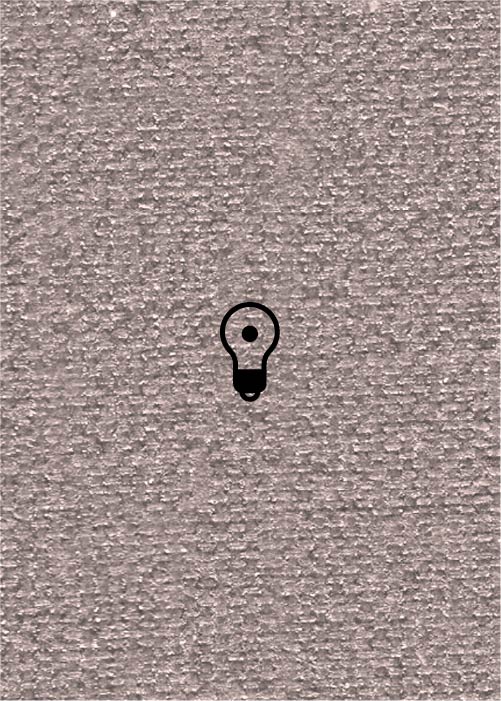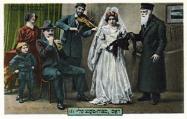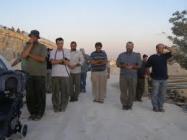(1830 results found)

Klezmer (pl. Klezmorim)
… Eastern-European Jewish folk musician, generally instrumentalist. Also used …

Zemirot
… and leaned heavily on Liturgical modes and formulae. 2. Non-Jewish folk tunes served as the music for the Zemirot texts; … Bohemian, Hungarian and Polish secular songs and dances. 3. Jewish melodies either newly composed or already in use in … the Neo- Hassidic musical genre which gained popularity in Jewish homes worldwide. The singing at home took place …

Tenu'a (yd. pronunciation: tnue, tnie)
A term used by Hassidim and East European hazzanim; it literally means 'Movement.' An…

Diwan
… written by Sephardi authors. When the poems of the great Jewish-Yemenite poet Shalem Shabazi began to appear, these …
Mitsve Tants
… to eastern Europe in the 18th century at the latest. In Jewish musar literature and minhagim books of the 17th and …
Minhah
… at twilight and is one of the three daily services of the Jewish liturgy. It is commonly thought that the term Min h a … Lakol Shavi'i.” After the Shmona 'Esre Prayer In many Jewish communities, especially those in Israel, it is …

Dance tune (Niggun rikud)
… of Hassidic music , p. 240; see also Moshe Beregovski, Jewish Instrumental Folk Music , 2001, no. 85, 102. [2] …

Kolomeyke (LKT)
… repertoire consisted of local dance tunes of non-Jewish origin played by klezmorim for non-Jews, and also, at …
Baqqashah (Pl. Baqqashot)
… (petition) is a religious practice maintained by several Jewish communities. It consists of gatherings that occur … which up to then had been predominant in the Sephardi Jewish liturgy and piyyut singing in the Middle East, went … Prayer of every Sabbath in the annual cycle. In 1901, the Jewish immigrants of Aleppo in Jerusalem established the …

Hasidism
… grew out the desire to replace the overly academic model of Jewish observance with a focus on prayer, spirituality and …





